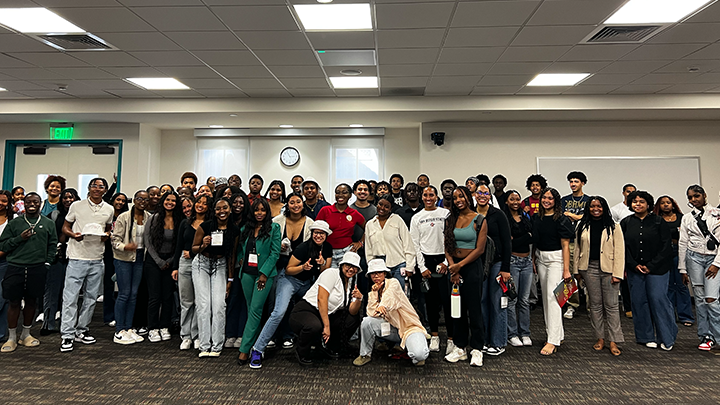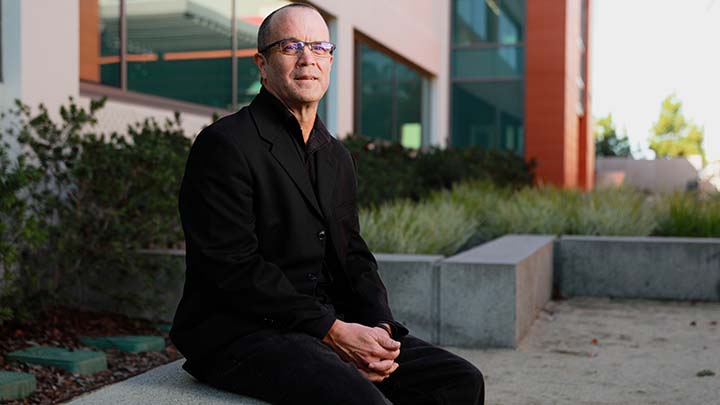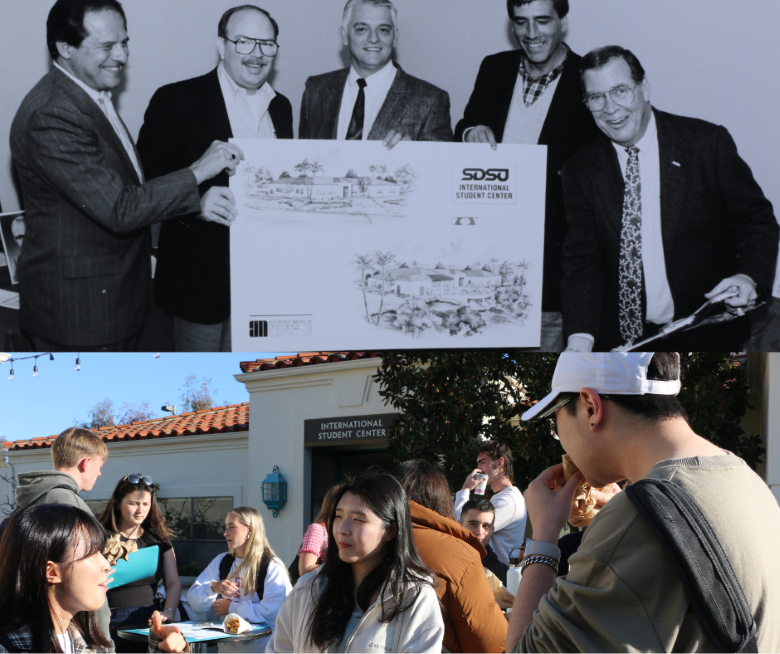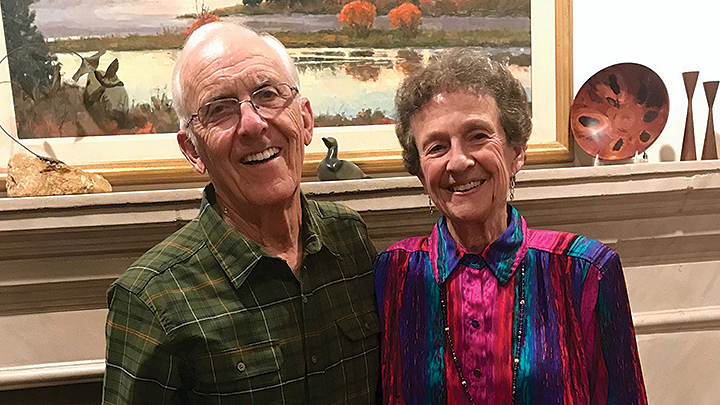SDSU’s Henrietta Goodwin Scholars examine treatment of Black female athletes in media
A group of friends in the HGS program use SDSU Student Symposium to increase research interest and skills among underrepresented student groups.

Brenna Barnes, a first-year marketing major from San Antonio, has always questioned why Black female athletes are often scrutinized for their looks, sexuality and behavior more than their counterparts of other races and ethnicities. San Diego State University gave her a chance to look more deeply and learn important skills at the same time.
She and a group of friends in the Henrietta Goodwin Scholars (HGS), a program that supports Black students as they transition to college and throughout their time at SDSU, studied the examples of the media and social media portrayal of athletes such as tennis legend Serena Williams, WNBA star Britney Griner, track and field star Sha'Carri Richardson and Louisiana State University basketball star Angel Reese.
Barnes’ group, along with seven other groups from the HGS program, presented their findings at the SDSU Student Symposium, a public forum where more than 650 students from both undergraduate and graduate levels presented research, scholarship and creative activities to the SDSU and greater San Diego communities.
The event, held March 1, included more than 500 posters, talks, exhibits and performances. Upward of 450 volunteers from SDSU and the community judged and moderated the presentations. More than 90 students and teams were honored for their excellence and earned cash prizes; 10 who received the President's Award will represent SDSU at the California State University system-wide student research competition on April 26-27.
This was the first time the symposium had a session dedicated to HGS scholars. The program’s students and leaders said incorporating the symposium fits seamlessly with HGS’ mission to guide first-year students by providing academic and student services designed to support overall success.
The HGS sophomore cohort, HGS 2.0, presented at the Black Resource Center’s Black Research Symposium on March 22.
“One of the goals of the HGS program is to support and encourage the continued growth and success of students, including exposure to graduate studies and career exploration,” said Rachael Stewart, the Black Resource Center’s Charles Bell faculty scholar, who serves as the HGS program director. “This research experience provided an opportunity for my students to understand the relevance of research in their daily lives and how to apply research in their academic and career journeys.
“Additionally, it fostered the development of their critical thinking, problem-solving, and decision-making skills that will stick with them for the rest of their lives,” Stewart said.
The HGS session of the symposium was initially suggested by SDSU librarian Ashley Wilson, who wanted to encourage more black students to present at the event without feeling out of place.
“When I suggested an HGS session, I thought that would be a way to welcome a cohort of African American students in a way that wouldn’t overwhelm them,” Wilson said. “I also suggested we invite Dr. Rachael Stewart to moderate the session for her students.”
She and Stewart worked together to encourage the students in the cohort to present.
“At the end of the session, I was pleased to see so many Black students as presenters and the audience,” Wilson said. “I hope having more students of color, particularly Black students, participate in S3 will help them feel included in the conversation.”
Stewart concurred, calling the student presentations a success.
“The day was fantastic. The room was filled with the whole HGS class, and there was a camaraderie in the support the cohort provided to their peers as they presented,” Stewart said. “I was emotional as we started the day. To see this idea come to fruition after having graduated from SDSU with an educational leadership doctorate degree was a full-circle moment. I couldn't be more proud of my students.”
Malaika Mwangi, a first-year biology major and interdisciplinary studies minor from Waverly, Iowa, was part of an HGS group whose research project studied the effect of drug use among U.S. college students. She said the experience gave the students exposure to undergraduate research, an area where students of color are often underrepresented.
“I think it's important for students of color to participate in undergraduate research because it is a great way to establish representation in the field,” Mwangi said. “A lot of times, research being conducted does not consider minorities or specific ethnic groups and then generalizations are made that do not apply to people of color. By encouraging students of color to participate in research, there is more representation of our people not only in experimental studies but also as researchers in varying fields.”
Mwangi said undergraduate research will prove critical toward her career goal of becoming a doctor.
“Research is vital to the medical field — no pun intended. Starting early will provide me with the proper experience to be successful in my future career,”she said.
One of the eight HGS groups received the Dean’s Award, a $250 prize awarded to 16 groups deemed the top presentation in each college.
The winning group for Fowler College of Business was Barnes’ presentation on the close examination of Black female athletes appearance, sexuality and behavior.
“I was super shocked,” said Barnes, who wants to pursue sports marketing as a career. “But I was extremely grateful and honored that our group received the recognition. I think it was a great idea for HGS to participate in the symposium, and I’m hoping that future scholars will have this opportunity.”



